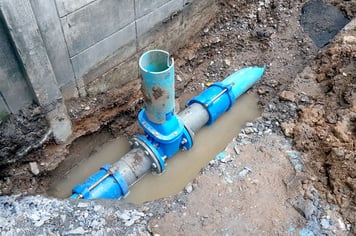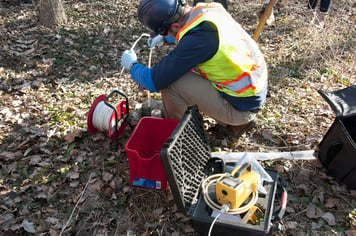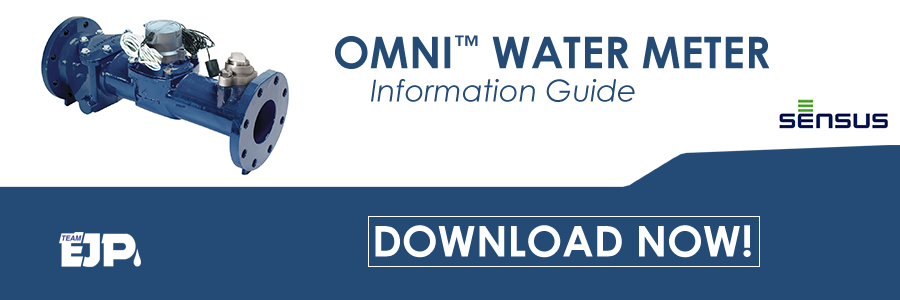Prevent System and Revenue Losses with Large Meter Testing
- Home
- Team EJP Blog
- Prevent System and Revenue Losses with Large Meter Testing
- Jul 15, 2016 6:55:12 AM
- Everett J. Prescott
When you deal with water distribution lines on a regular basis, you know two things for certain: sometimes they leak and meters aren't always correct. How can you get around these two issues and stop losing revenue for your operation? One solution is large meter testing, which helps you determine where the problems are in your system and prevents low flow losses from industrial or institutional clients. Here's more information on the process:
What is large meter testing?
Large meter testing takes a solid look at meters that are used to measure flow from waterworks facilities into the supply lines, industrial facilities, institutions and commercial operations. Because these meters handle a much larger volume of water, even a small problem can quickly lead to large losses of revenue. Meter testing verifies the accuracy of the meter, ensuring that you know how much water is leaving your facility and how much is going into larger operations.
Why is it important to my operation?

Knowing how much water you're losing between production and downstream meters helps you figure out whether you need to make repairs to your distribution lines. After all, you're still pumping the same amount of water, you're just not getting the same revenue out of it. At the same time, having an inaccurate meter at a major facility means you're leaving money on the table. An inaccurate meter isn't recording all the water being used, so you can't bill for the usage. Though your customers may appreciate this unknown break, your budget won't. Having your large meters tested regularly ensures accuracy of the billing process.
What happens during the process?
The first step of the process involves paperwork, specifically comparing billing and meter reading variances across a particular period of time. You're not going to have the same reading in February as May so you should be comparing February of this year versus last year, if there's a difference in your month to month comparison, it's time to take a closer look. A review of the meter's application helps determine if the meter may not be providing accurate readings. By knowing where these problem areas are in your system, you can set up a schedule of meter testing and replacement where needed.

The second step involves testing the individual meters. A certified testing meter is put in line with the meter being tested, then the results are compared. An alternative method is to use a pitot rod to measure the difference. Testing is done per AWWA standards. Typically, three to six tests are run per meter to allow for variance and to provide the best possible figure for the difference.
The third step involves repairing and calibrating the meter. At this time, meters that are broken, stopped or inaccurate are first repaired back to their specifications, and then are calibrated to the original specifications to ensure they provide accurate measurements of water passing through your system. Many waterworks organizations will also replace a number of internal parts at this time, ensuring the meter will continue operating properly once repaired.
Testing and replacement parts on a large meter is expensive so, be sure to consult with a Team EJP AMR specialist to discuss your situation. In some cases we can save you money by forgoing the testing process and just fixing, or updating your meters.
By staying on top of meter and leak losses, you can ensure that your water distribution system is operating at its best, while still having the necessary revenue to keep the system upgraded and operating properly. If you need your large meters tested, please feel free to contact the experts at Team EJP today. At E.J. Prescott, we're dedicated to helping our partners in waterworks succeed.
